How to Write a ‘Mission Briefing’ Scene That Doesn’t Suck
James Cameron’s Aliens (1986) shows us how it’s done
There are certain types of scene that are just naturally boring. There’s no immediate conflict, no one trying to attack the focal character, fill them with lead, punch their lights out, or get to the finish line before them. In writer-speak, you might say the focal character’s line of action has no counter-action.
Maybe what one character wants is exactly the same thing the opposing character wants. A great example of this kind of stock scene is the ‘mission briefing’.
You know the kind of thing…
Think Police Commissioner Lee Van Cleef offering Snake Plissken a do-or-die deal in Escape From New York, the Feds visiting Indiana Jones on campus and sending him off on a quest for the Lost Ark. But let’s take Lt. Gorman explaining the bug hunt to his crew in Aliens as perhaps the best example…
Gorman’s objective in this scene is to explain the mission while the marines’ objective is pretty much to just sit there and listen. Plotwise, there’s no conflict, no tension. Boring. Faced with a scene like this, most writers might glance at their watch and get with the info-dumping.
Not Jim Cameron.
In this potentially tedious scene, Cameron focuses as much on the emotional tensions between his various characters as he does on conveying the needs of his plot. This allows him to convey his exposition invisibly, concealing all that dull instructional stuff (we need you to go here, do this, etc.) within exchanges of dialogue. It’s the characters and not the writer who are conveying the story.
Cameron approaches this stock scene not as a checklist to race through, but an opportunity to reveal insights into the characters with whom we’re embarking on this adventure. All the pyrotechnics in the world count for nothing, unless you care about the people under fire.
We start with a helpful establishing shot of the deployment bay of the military assault carrier the Sulaco as Gorman (William Hope) strides in with Ripley (Sigourney Weaver). (I love the way Hope turns away and smooths down his buzzcut before speaking, as if to psyche himself up.) We quickly see that Gorman – for all his spit-shine demeanor - isn’t quite as on the ball as he appears. He can’t even remember the names of his crew…
Straight away, we’re aware of a power dynamic. The grunts don’t have the greatest respect for their greenhorn Lieutenant, and the Lieutenant knows it.
We move on as Gorman styles it out by explaining the mission. (Still no word from the colonists… Yadda, yadda.) But Cameron makes the marines restless and bored. In other words, he’s found an interesting counter-action. Gorman wants to explain the mission, but the grunts aren’t inclined to take it seriously.
This emotional tension isn’t as spectacular a counter-action as charging a German machine-gun emplacement or punching Thanos in the face, but it’s every bit as compelling. And compelling is what we need to get through any scene.
Now Ripley steps in, struggling to relate the horrifying events of what happened to her aboard the Nostromo. She falters and gulps, clearly traumatized, reminding us just how much courage this woman must possess to have agreed to this mission in the first place. (Man, but Sigourney Weaver is brilliant throughout. And Cameron knows when to keep his camera close on those taut expressive features, making sure we see the unspoken emotions playing out under the surface of his main character.)
But still the grunts aren’t interested…
Now we’re cooking. Ripley’s objective is to get these swaggering jerks to take her seriously and that objective is now directly challenged by the marines’ boredom.
Stung by their dismissal, Ripley recovers for a moment, then unsheathes her inner steel…
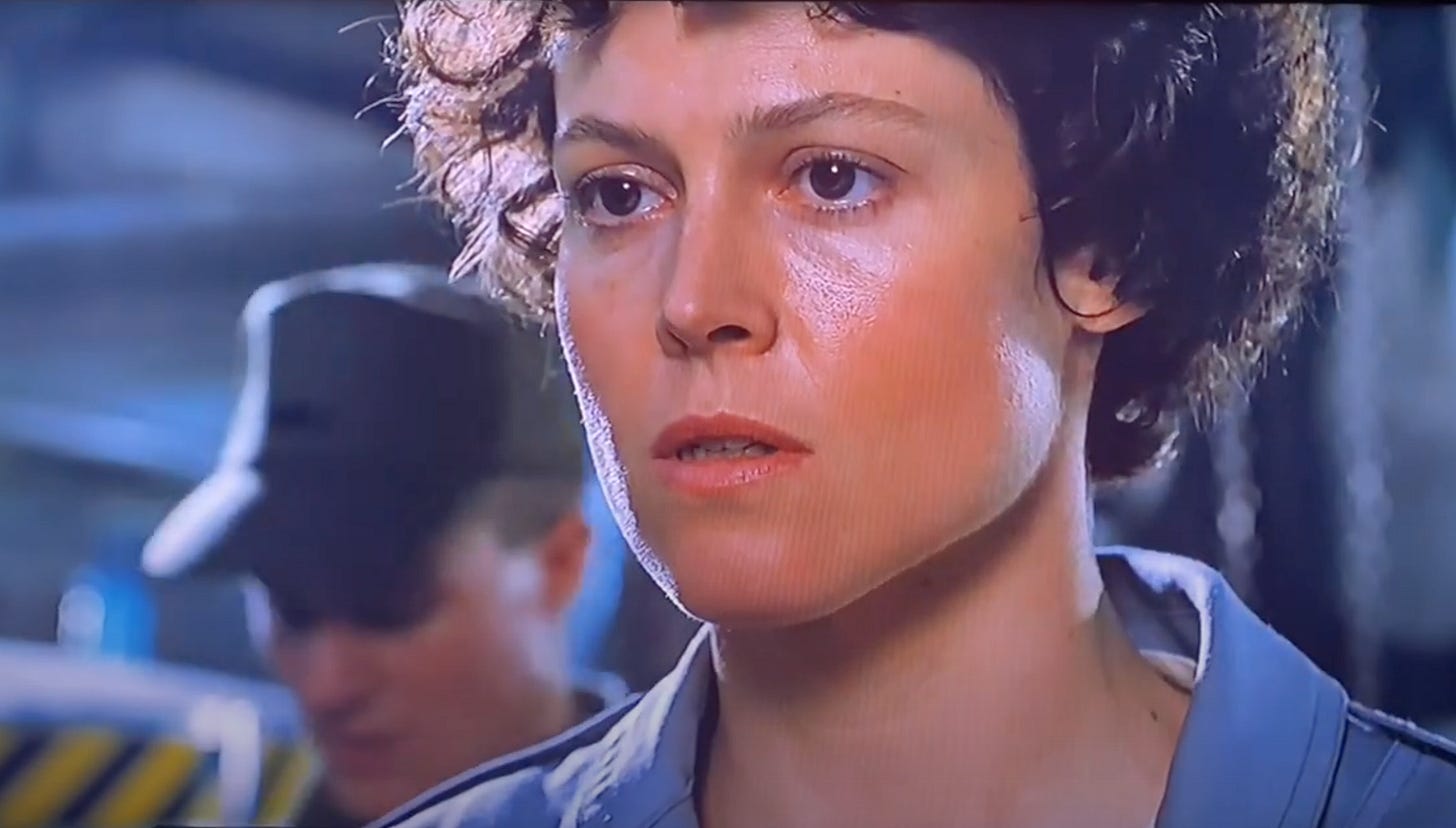
Well, that sure got their attention!
We’ve also gotten the first bit of foreshadowing that Ripley has got way more about her than fragile Lieutenant Gorman, as we’ll find out for sure later on.
But the scene’s not done yet. Ripley’s objective has been achieved, but the tension between Gorman and his crew remains unresolved. Hudson sticks up his hand with an impish grin. ‘What is it, private?’ (I’m pretty sure Gorman still doesn’t know the marine’s name!) Hudson’s sass-mouth receives a sharp rebuke from Sergeant Apone (the late Al Matthews, wonderful in this movie). By now, the Lieutenant’s pissed and starts laying down the law...
Mic dropped, objective achieved, Gorman marches off, leaving the marines grumbling in his wake.
And what a memorable closer this scene gets…
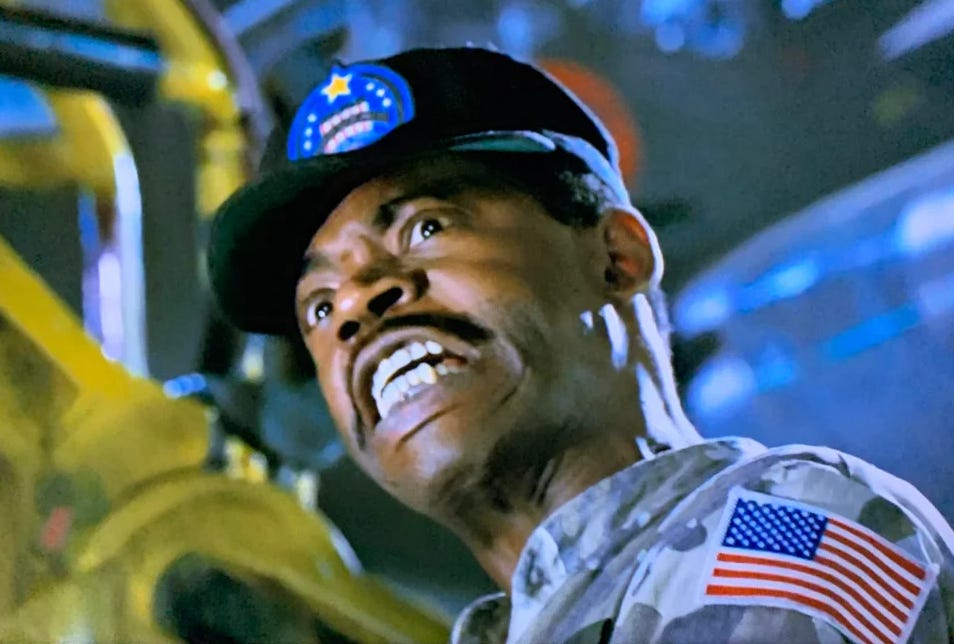
It’s a brilliant, brilliant scene, gold spun out of genre straw. And the viewer notices none of it, which is what makes it such great writing.
When approaching a scene like this, know the exposition you need to convey.
Cameron knows that he needs to explain the situation the marines are being sent to deal with. He also needs to convey who they’re trying to save, what’s at stake, and what the marines might be up against.
But – just as importantly – he knows his characters, and has them wired up in such a way that they bounce off each other in interesting ways. He knows his focal character. It’s the insecure Lieutenant Gorman who’s driving the scene here, not Ripley. Everyone’s present on Gorman’s orders and the dude knows what he wants to achieve: to not only brief the troops, but to show them all who’s boss.
When designing any scene, think like an actor. What’s my character’s motivation? What’s this person’s perspective and how do they feel about this situation and everyone involved?
Focus on your characters and they’ll bury your exposition for you.
Stay weird.
If this post got you smiling, thinking or ready to create, then please…
Or…
Every drop of reader support helps this project grow!


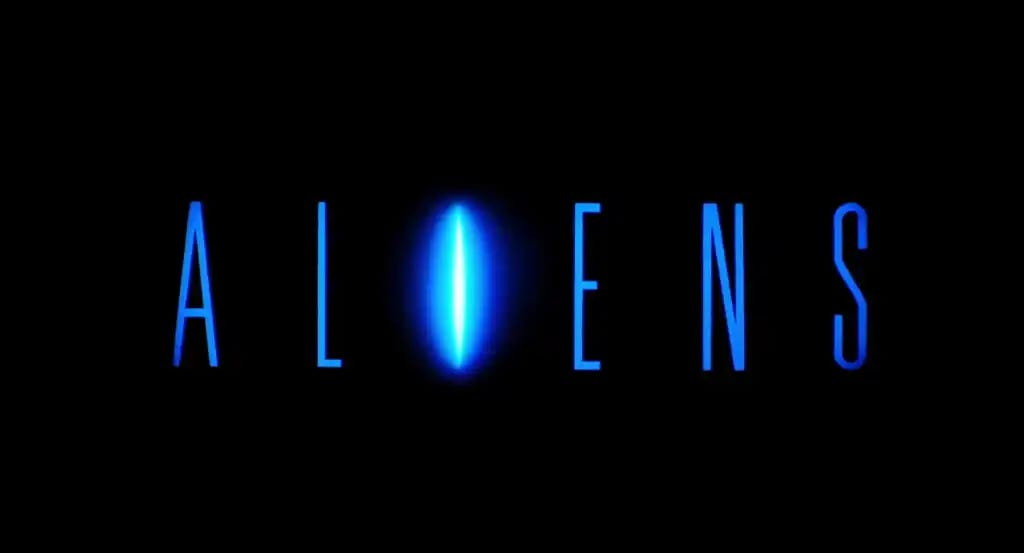
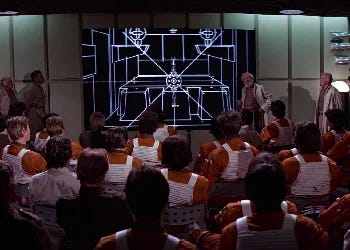

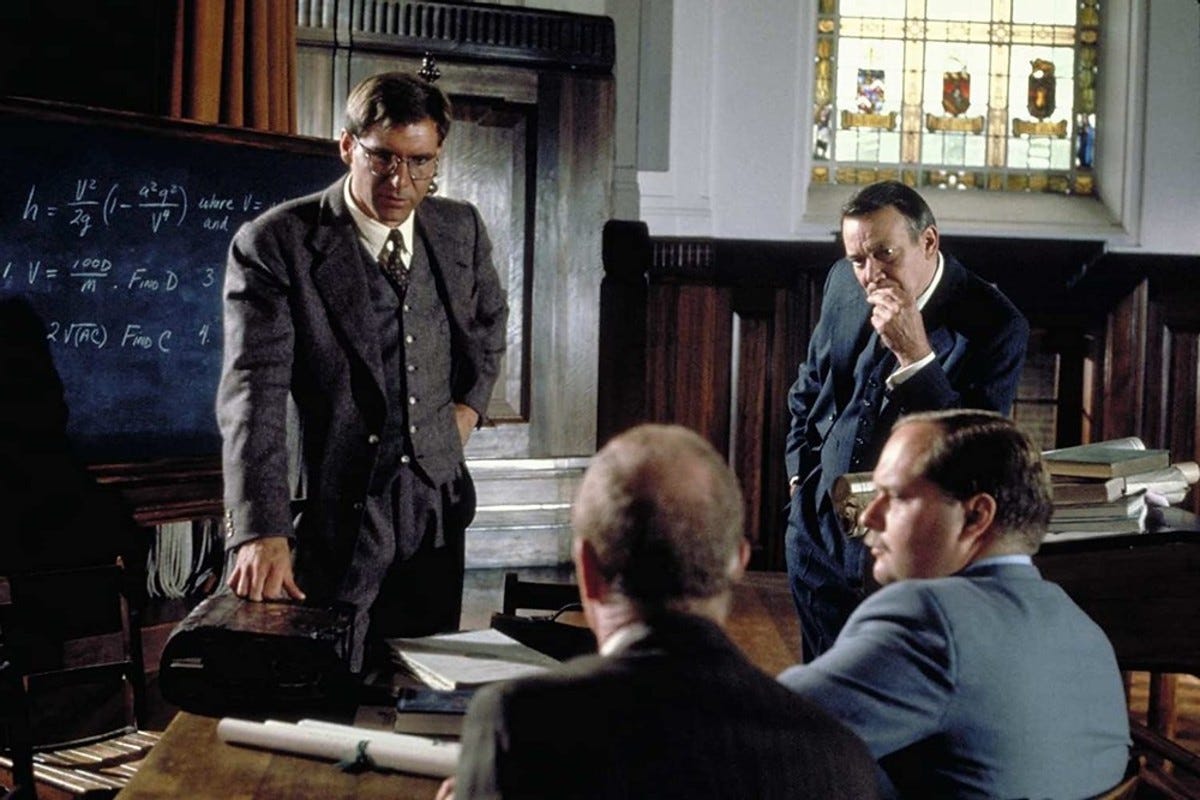
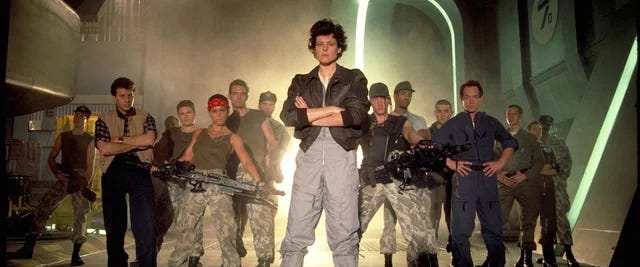

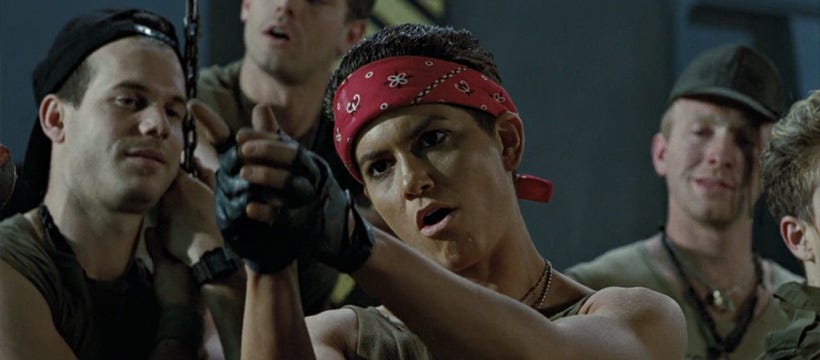
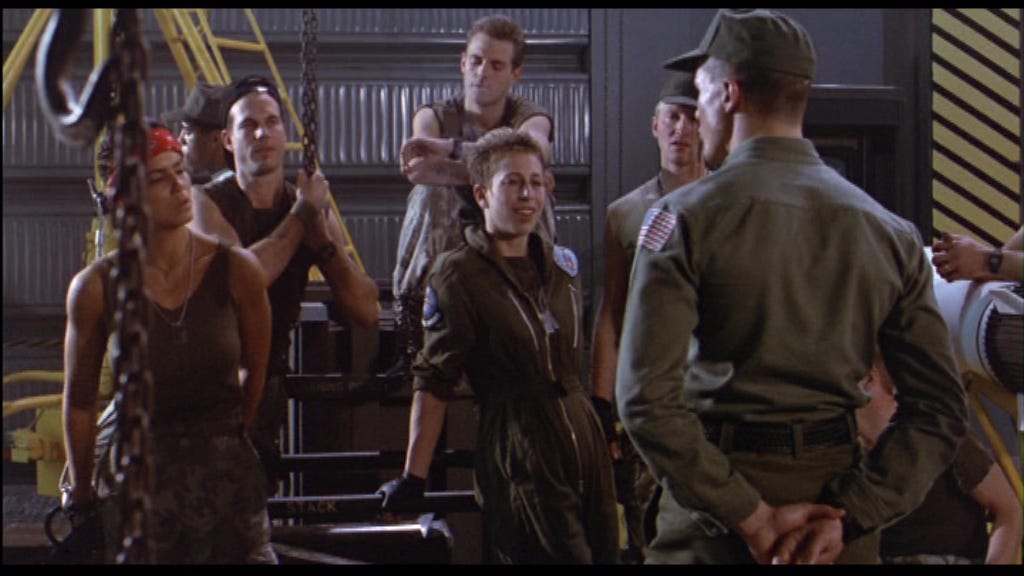
I think that Cameron did a good job using this scene to do characterization and foreshadowing and everything you mentioned, but it does have the advantage that we know this is an Alien sequel so we know about the xenomorphs, and know that they're definitely behind the colony going dark.
If I had to pick an example of a popular movie delivering exposition masterfully, it would be the orientation ride with the cartoon in Jurassic Park. Multiple levels of characterization, foreshadowing and subtext, along with an explanation of DNA and cloning that may easily have been half the audience's introduction to the topic.
The tragic fall and subtle rehabilitation of Gorman culminating in his hero’s death is one of the most brilliant things about this brilliant movie.